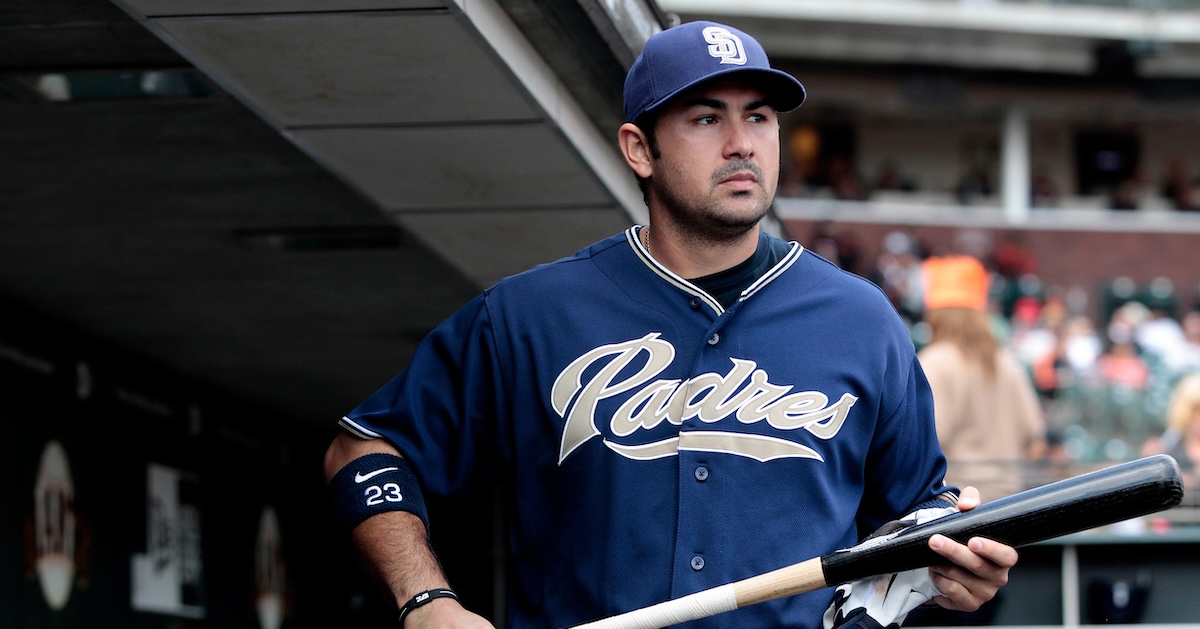Sunday Notes: For Cubs Southpaw Jordan Wicks, (The) Change Is Good
Jordan Wicks is one of the most promising young pitchers in the Chicago Cubs organization. Drafted 21st overall in 2021 by the North Side club out of Kansas State University, the 24-year-old southpaw is coming off of a season that saw him win four of five decisions and log a 4.41 ERA over his first seven big league starts. Moreover, his minor-league ledger included a 7-0 record and a 3.55 ERA between Double-A Tennessee and Triple-A Iowa. Assigned a 50 FV by our own Eric Longenhagen, Wicks is projected to slot comfortably into new Chicago manager Craig Counsell’s rotation in the coming campaign.
The big lefty — he’s listed at 6-foot-3, 220-pounds — has a diverse arsenal, but one offering stands out above the rest. His changeup, which he began throwing as a Little Leaguer in Conway, Arkansas, is not only the best in the system, it could prove to be one of the best in the National League. As he explained at the tail end of last season, the pitch is his “bread-and-butter, and it has been for awhile.”
Asked for more history on his go-to, Wicks told me that it was his “premium off-speed” growing up, and that he “didn’t really throw a curveball or a slider when [he] was younger.” His repertoire now includes both, as well as a cutter and both two- and four-seam fastballs. Pitchability is another of his assets, and he gets high marks for his competitiveness, but again, it’s the diving circle that earned him his first-round pedigree and has him poised to contribute to a big-league rotation. Read the rest of this entry »









